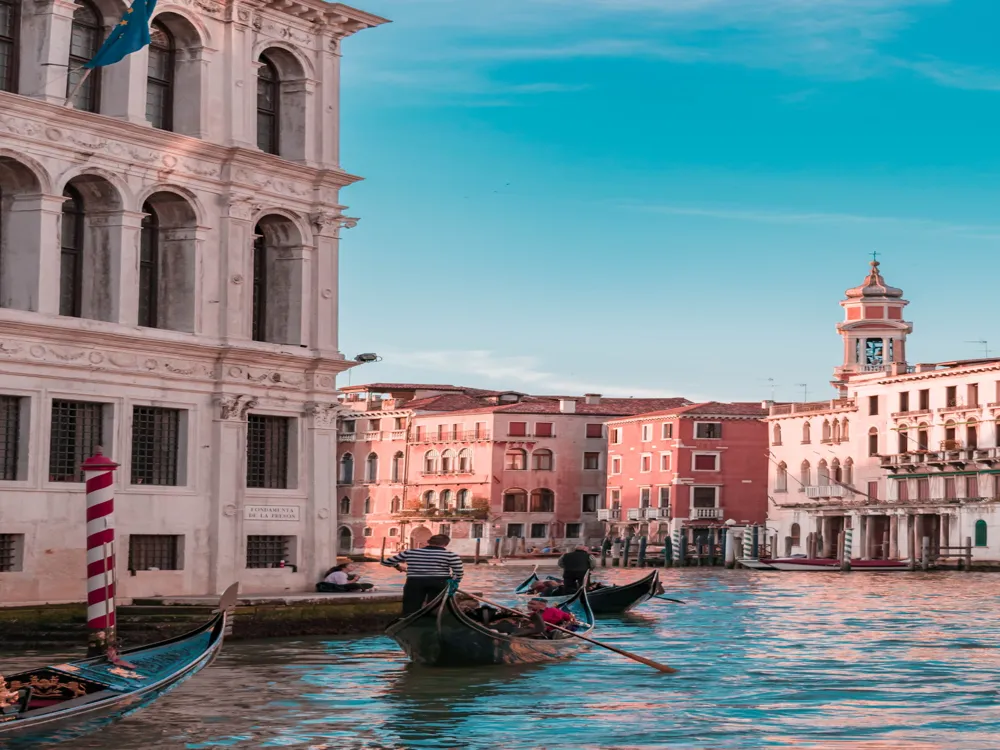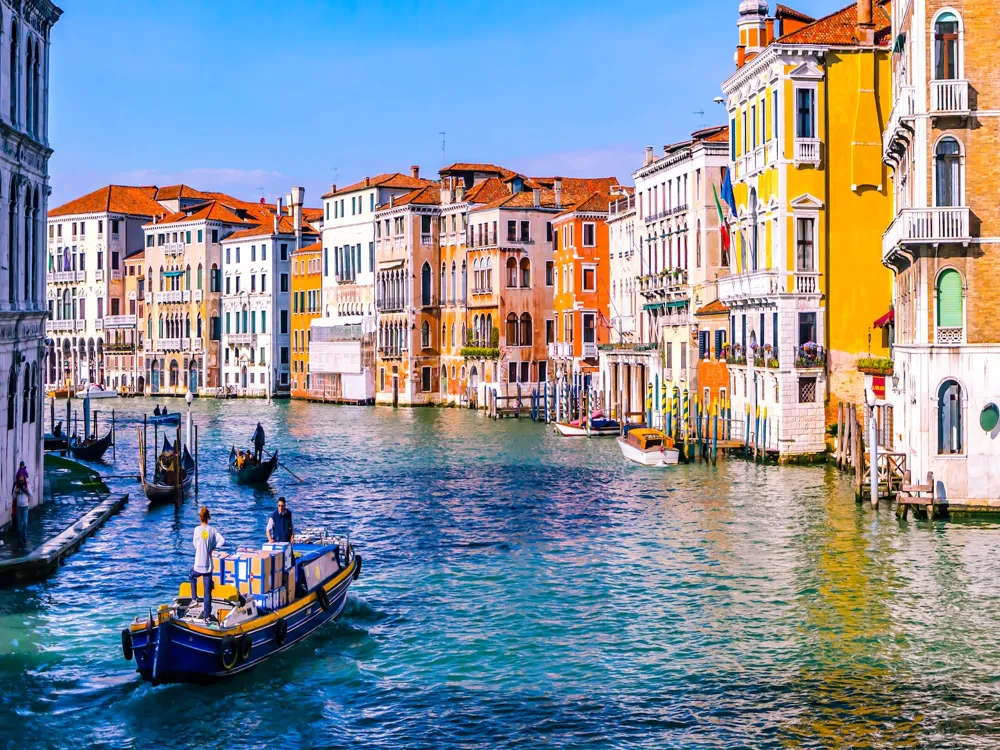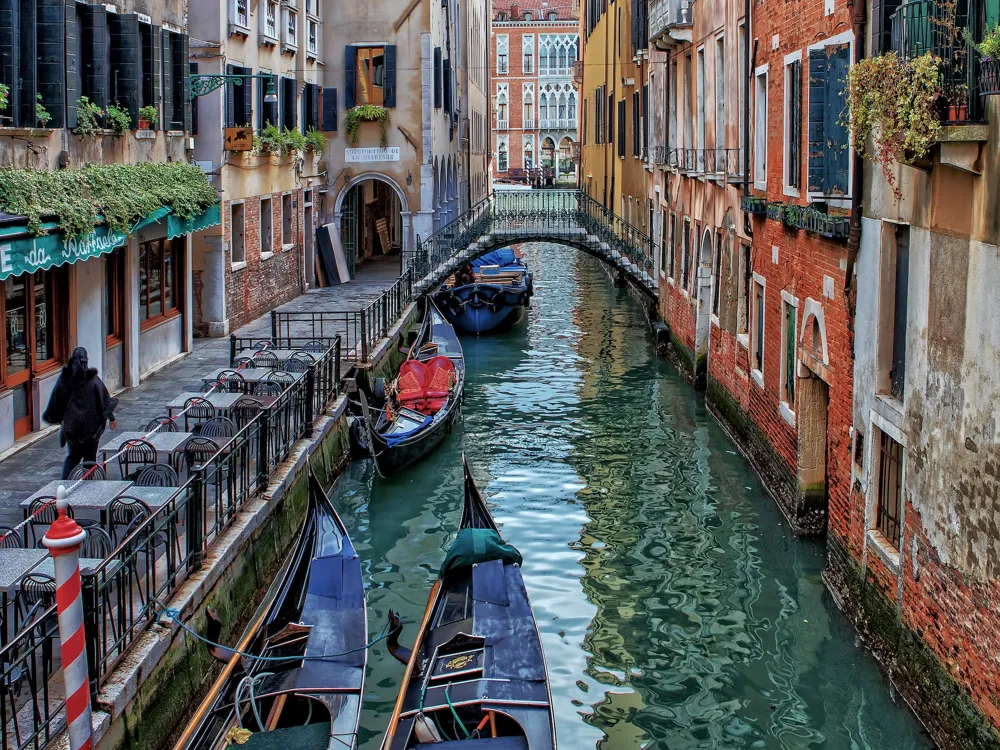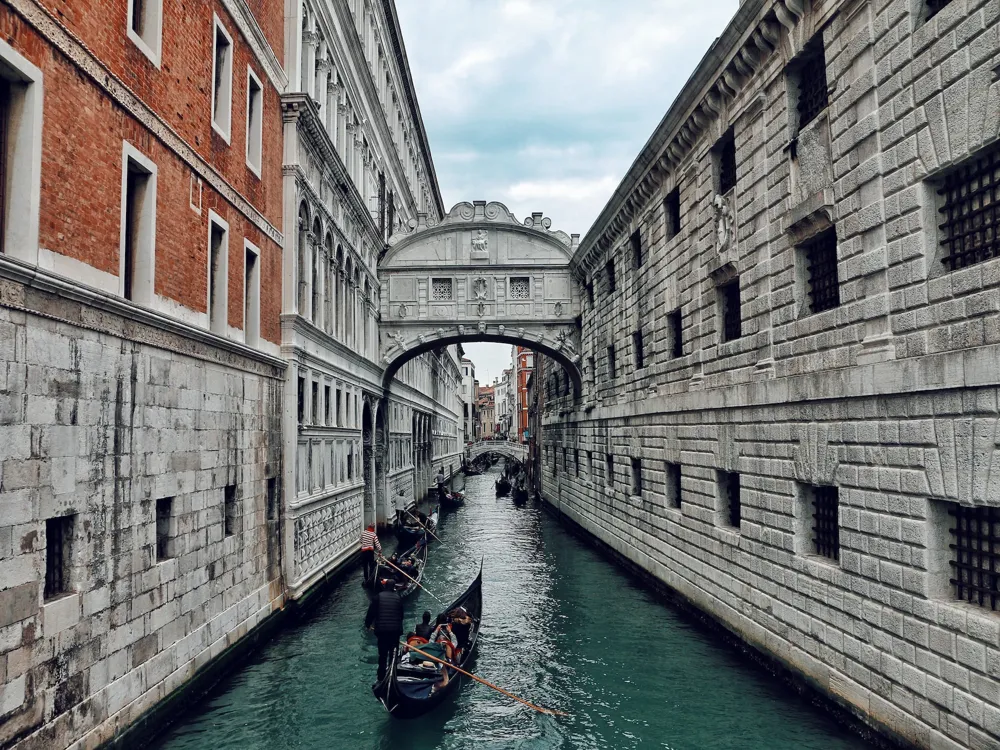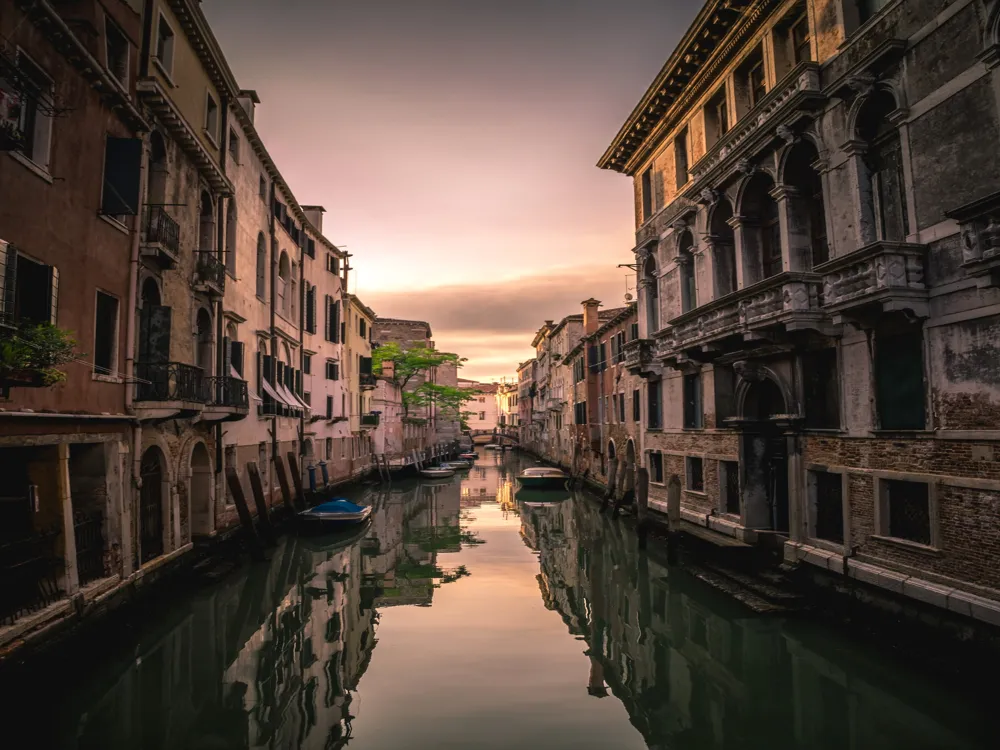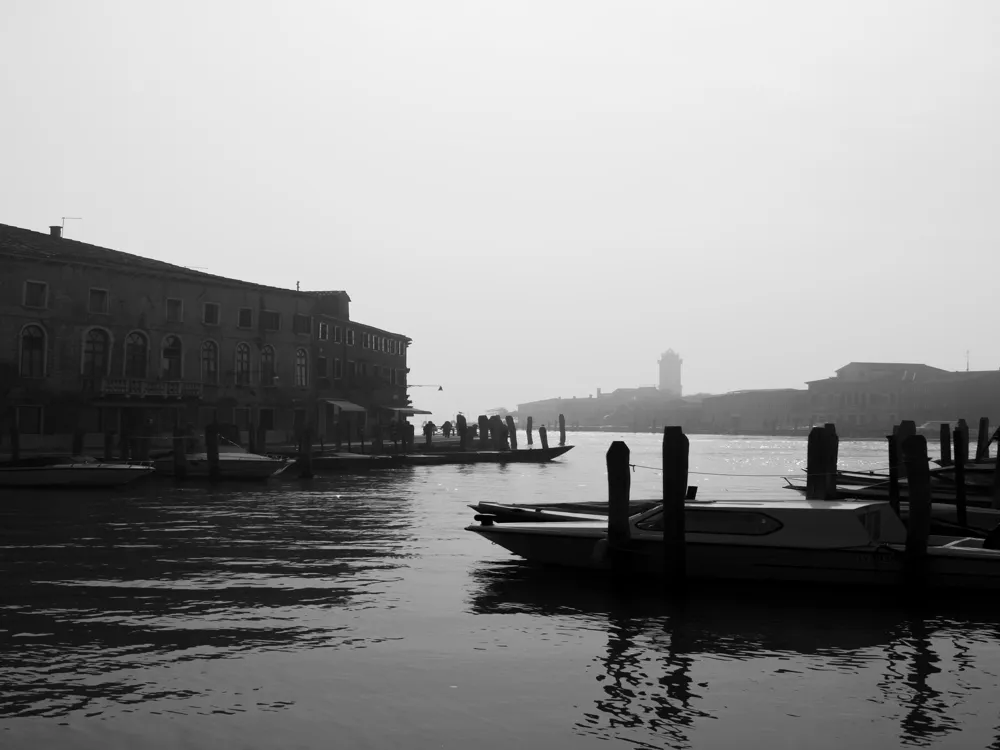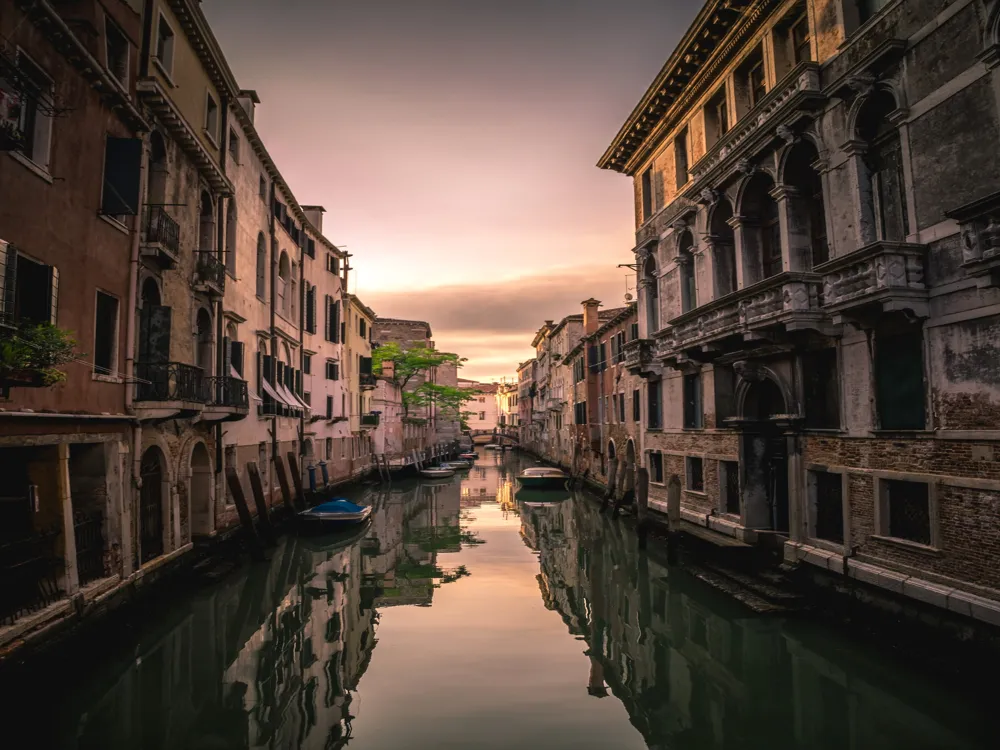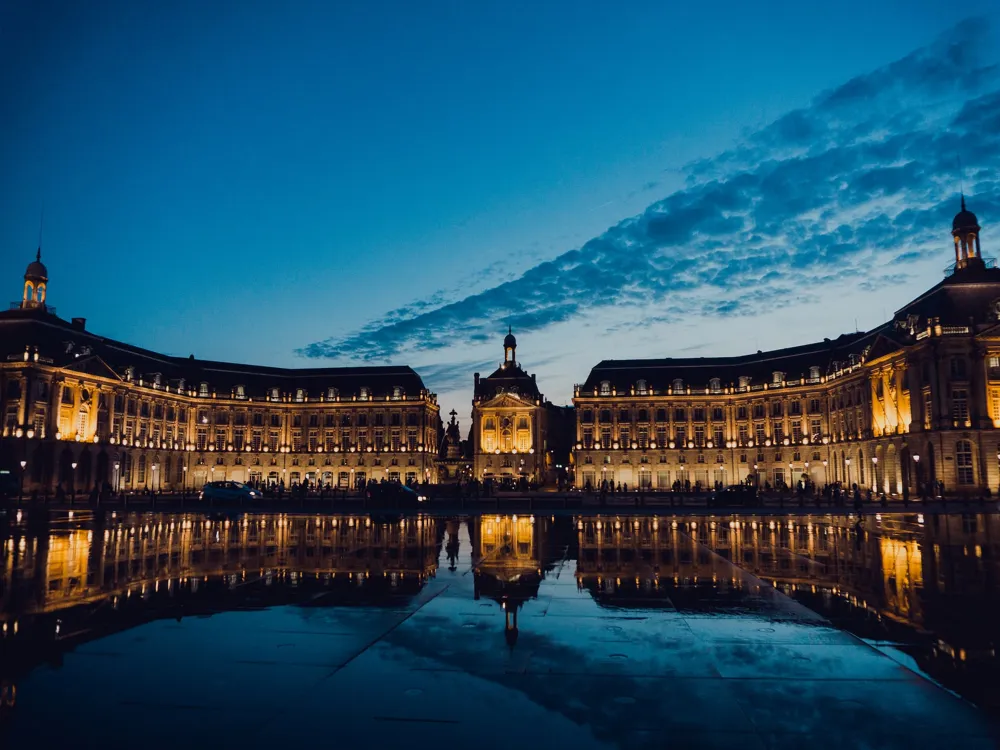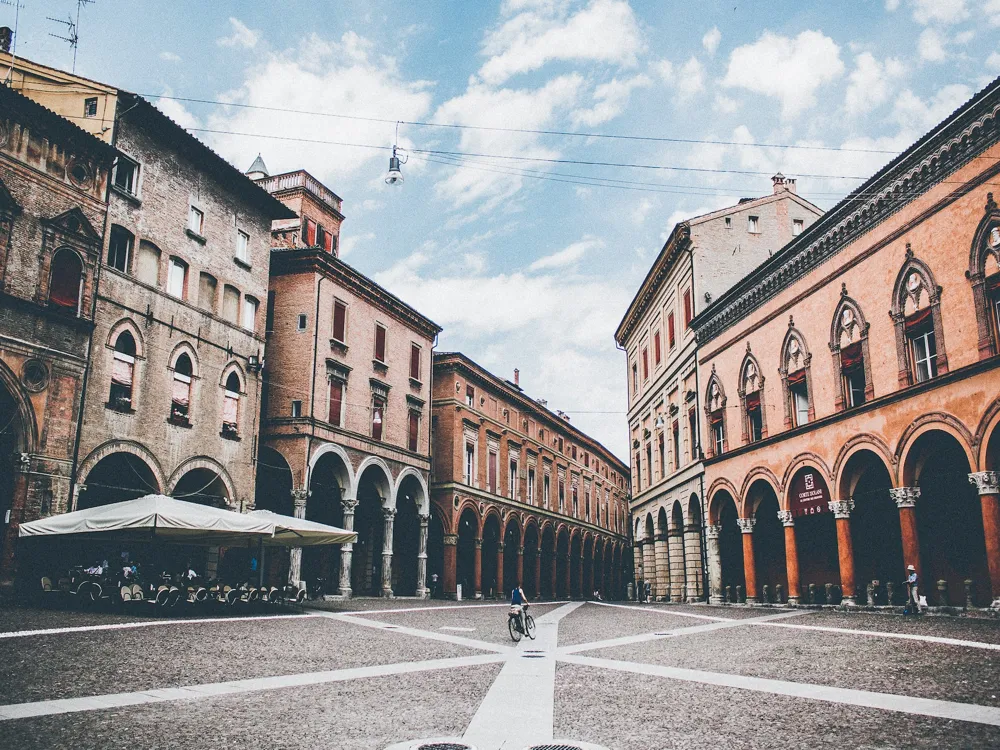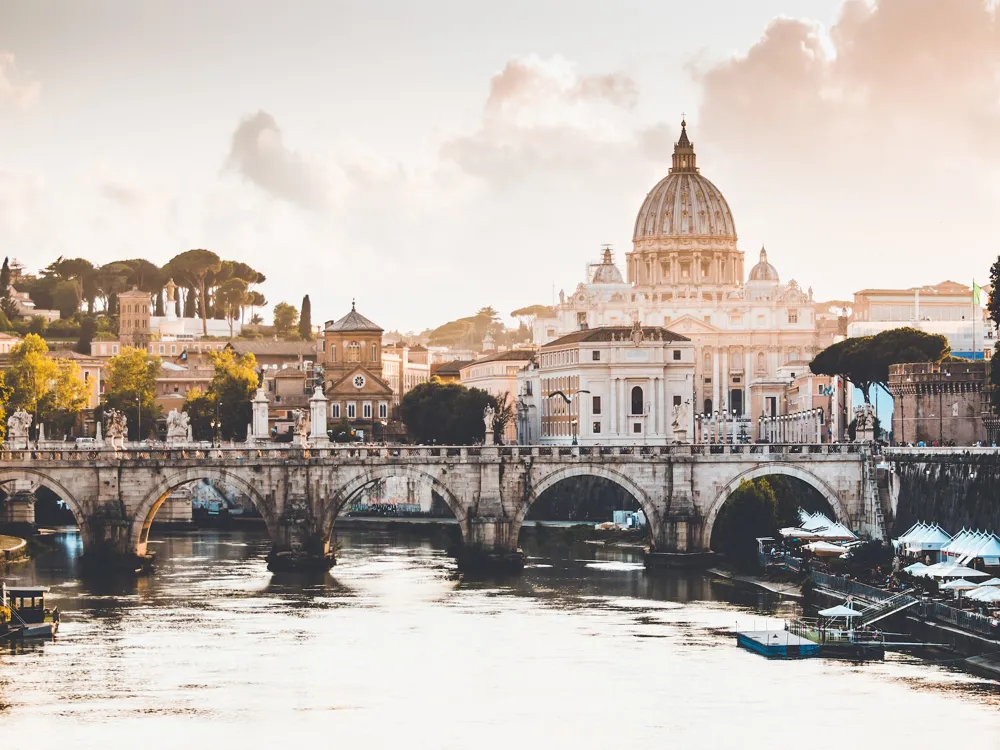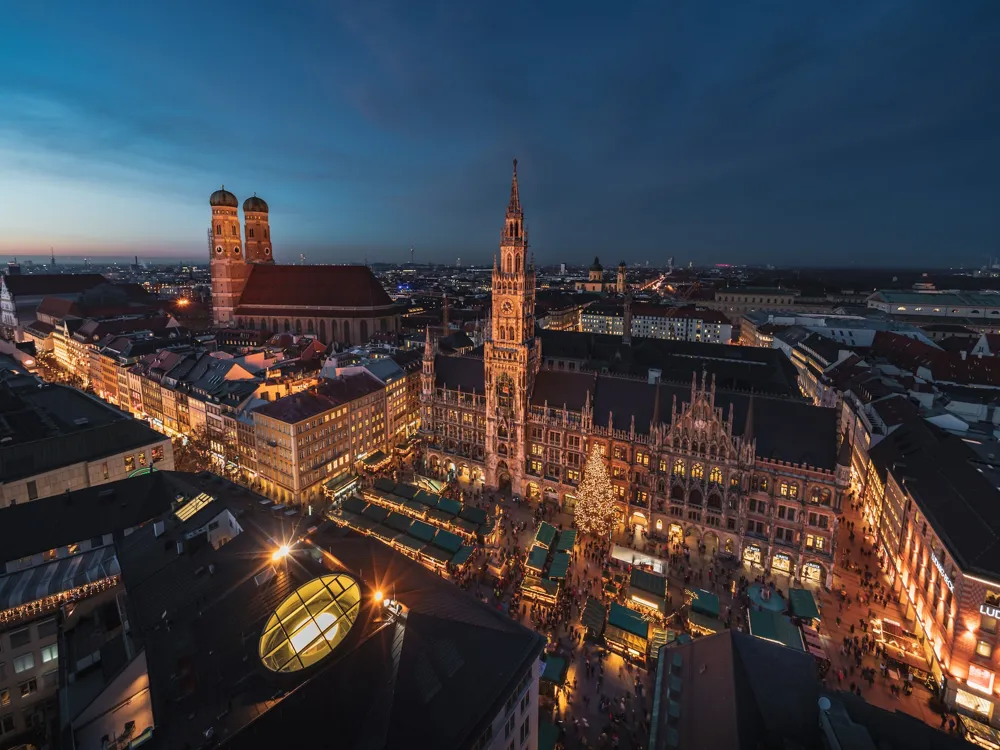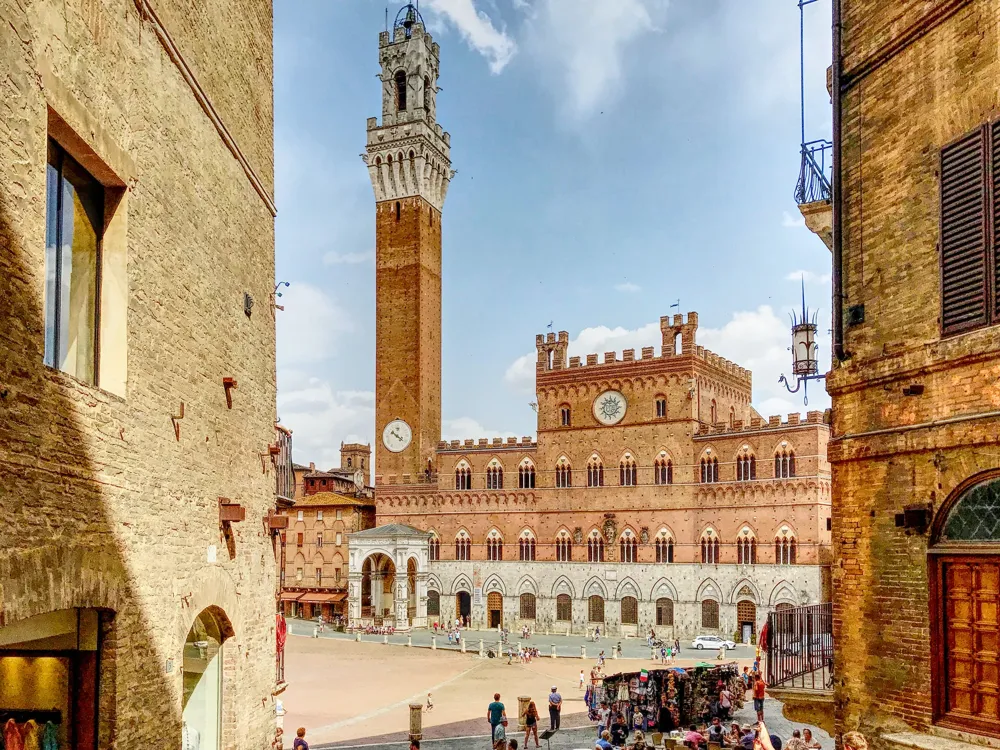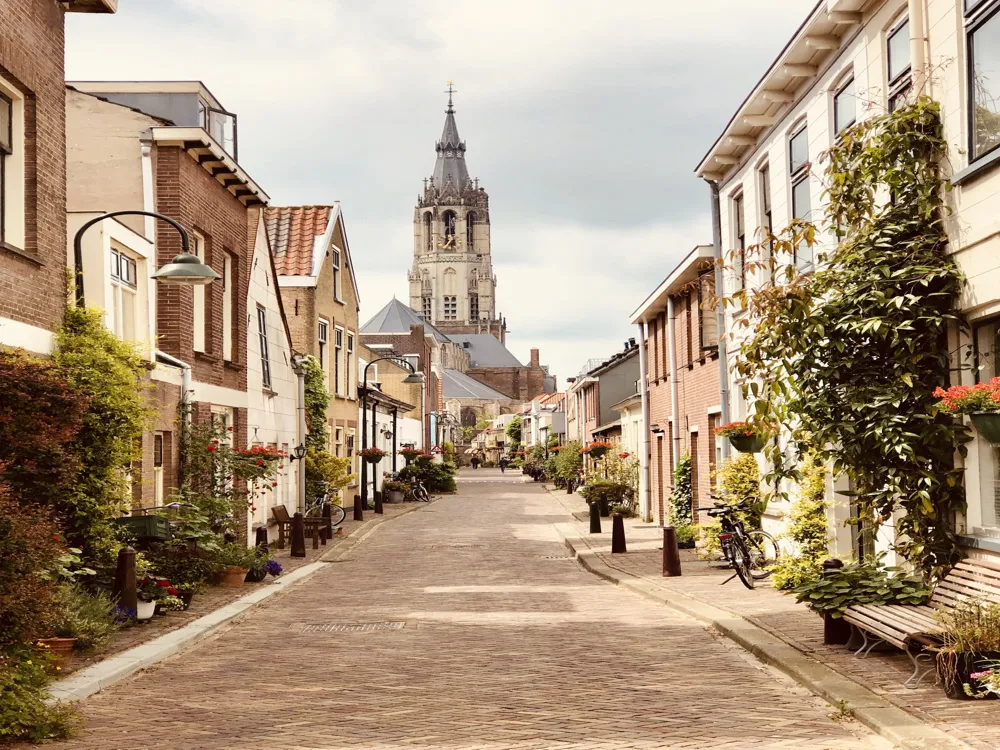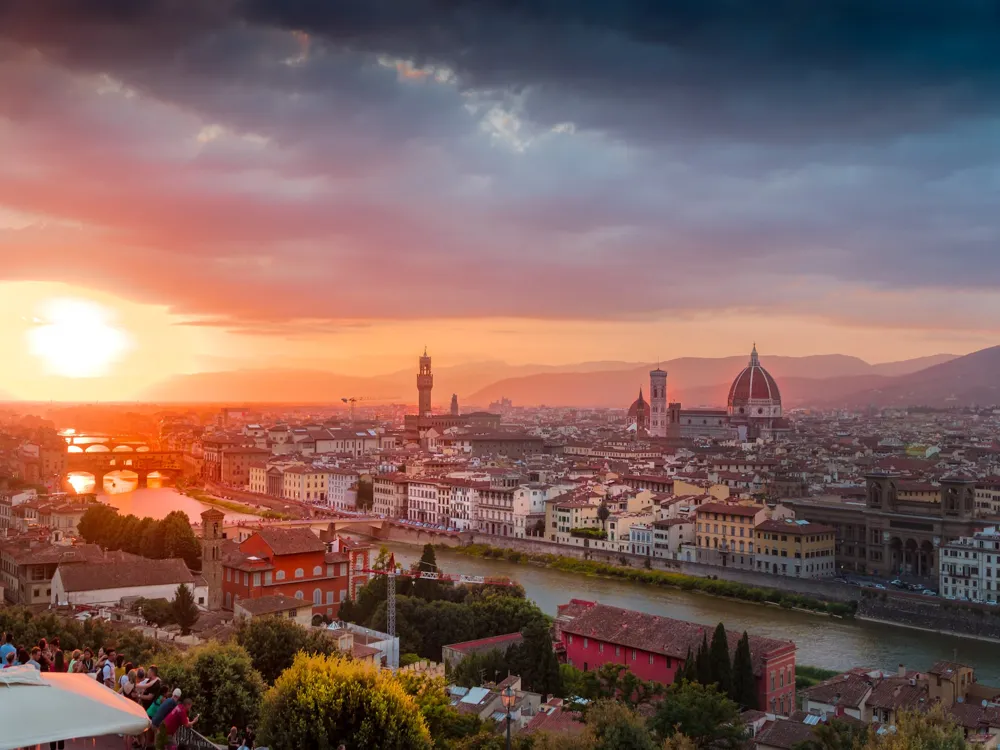Best Time to Visit Venice
Italy
1 out of 94 Places to visit in Italy₹ 42,900 onwards View Packages
Get Customized PackagesThe Land of Diversity
Top Hotel Collections

Private Pool

Luxury Hotels

5-Star Hotels

Pet Friendly
What is the Best Time to Visit Venice?
Venice, a timeless city of canals and captivating architecture, beckons travelers year-round. Determining the best time to visit Venice involves considering various factors to ensure a delightful experience. Whether you're enchanted by the allure of bustling crowds or seeking a more intimate encounter with this Italian gem, understanding the nuances of each season is paramount.The best time to visit Venice is from September to November, when excursionists desert the megacity. Although the temperatures, which range from the upper 30s to mid-70s, bear some layers, the lowered hostel rates and the barren conduits make it worth it. Winters are cold, with temperatures in the 30s and 40s, while spring brings Venice's most beautiful rainfall. Summertime is peak season and is characterized by high hostel rates, high temperatures, and, you guessed it, the plenitude of crowds. Although acqua alta( high water) can be done anytime between late September and April, it's most likely to be in November and December, so make sure to pack a brace of rainy thrills if you plan on traveling then. April, May, September, and October are the stylish months to visit Venice. These months mark the peak of spring and fall independently. They're devoid of the downtime of a cold wave and experience the plenitude of the warm sun. The affable rainfall and the lack of inordinate crowds make these months a magical time to visit Venice and explore it in its raw state. The first half of May is also an excellent time to visit Venice. Summertime and August, in particular, aren't advised for sightseeing. The sweltering heat and the presence of mosquitoes and bugs, combined with inordinate excursionists, make it impossible to witness Venice at its stylish. Alternately, trippers who are keen to take part in any of Venice’s notorious festivals or events can plan their passages around the specific event. It's recommended to make your bookings in advance in similar cases. However, downtime is also your stylish bet if you ’re looking for the smallest fares on breakouts as well as accommodation.
More about the Best Time to Travel to Venice
Travel Peak Season in Venice
Venice's peak season, spanning from late spring to early fall, is characterized by vibrant energy and numerous cultural events. The city comes alive with festivals, including the famous Venice Film Festival. However, navigating through the throngs of tourists can be challenging. To truly savor the magic without the crowds, consider visiting during the shoulder season.The peak sightseer season in Venice generally occurs during the late spring to early fall months, from April to October. This period attracts a high number of callers eager to witness the megacity's unique charm, literal milestones, and artistic events. While the peak season in Venice provides a lively and vibrant atmosphere, it's important to be prepared for larger crowds, especially in popular tourist areas. Planning ahead, reserving tickets for popular lodestones in advance, and exploring lower-known neighborhoods can enhance your experience and allow you to appreciate the beauty of Venice beyond its well-known milestones.
Travel Offseason in Venice
For those who prefer a more tranquil Venetian experience, the offseason presents a compelling choice. From late fall to early spring, Venice transitions into a serene haven. While some attractions may have reduced hours, the trade-off is a more authentic encounter with the city's rich history and local traditions.The offseason in Venice generally occurs during the late fall, downtime, and early spring months, from November to March. Visiting during this period offers a different experience with smaller crowds, cooler temperatures, and the chance to enjoy Venice's unique charm in a further tranquil atmosphere. While the offseason in Venice offers a more serene and reflective experience, it's important to note that some lodestones may have reduced hours or conservation schedules. Plan accordingly, check opening hours, and embrace the occasion to explore Venice's alluring atmosphere in a more relaxed setting.
Venice Travel Packages
View All Packages For Venice
Venice in Shoulder Season
Shoulder season, encompassing late spring and early fall, strikes a delicate balance between vibrant energy and manageable crowds. This period offers pleasant weather, making it ideal for leisurely strolls through narrow alleys and boat rides along the serene canals. Hotels and attractions are generally more accessible during this time, ensuring a more relaxed exploration of Venice.
Venice in Hot Season
The hot season in Venice, spanning mid-summer, is characterized by warm temperatures and a bustling atmosphere. While the weather is inviting, the influx of tourists can be overwhelming. To make the most of this season, plan outdoor activities early in the day or later in the evening, avoiding the peak of the midday heat.
Venice in Rainy Season
Venice's rainy season, occurring in late fall, brings a touch of romantic melancholy to the city. While showers are frequent, they add a poetic charm to the labyrinthine streets and historic landmarks. Pack accordingly with waterproof gear and embrace the opportunity to experience Venice in a unique light.
Venice in Cool Season
The cool season in Venice, spanning from winter to early spring, unveils a different side of the city. Although temperatures may be lower, the crisp air enhances the charm of Venetian architecture. Enjoy the festive decorations during the holiday season and explore the city's cultural gems without the bustling summer crowds.
In conclusion, determining the best time to visit Venice is a subjective decision, influenced by personal preferences and travel priorities. Each season brings its own enchantment, allowing visitors to tailor their experience to match their desires. From the lively festivities of peak season to the serene tranquility of the offseason, Venice welcomes explorers year-round with open arms.
Places To Visit In Venice
View All Places To Visit In VeniceNearby Places Venice
Venice Photos
View All Photos For VeniceBrowse Package Collections
Browse Hotel Collections
Faq
Q: What is the best time to visit Venice to experience the least crowds?
A: To avoid the crowds, plan your visit to Venice during the shoulder seasons of spring (April to June) and fall (September to October). During these months, you can enjoy the city's charm without the peak tourist congestion.
Q: When is the ideal time to visit Venice for favorable weather conditions?
A: The best weather in Venice can be experienced from late spring to early autumn (May to September). During these months, you can enjoy pleasant temperatures and relatively lower chances of rain, providing an optimal environment for exploring the city and its attractions.
Q: Are there any specific events or festivals that make certain times of the year better to visit Venice?
A: Venice Carnival, held in late winter to early spring (usually February), is a spectacular event that attracts visitors worldwide. If you want to witness the city come alive with vibrant costumes and masks, this is an ideal time to visit. Additionally, the Venice Biennale, an international art exhibition held every two years, draws art enthusiasts and is worth considering when planning your visit.
Q: Is there a particular time when accommodation prices are more budget-friendly in Venice?
A: Accommodation prices tend to be more budget-friendly during the winter months (November to March), excluding the holiday season. However, be prepared for cooler temperatures and occasional high water (aqua alta) during this period.
Q: What is the best time to experience the unique phenomenon of Acqua Alta (high water) in Venice?
A: Acqua Alta is most likely to occur during the winter months, particularly from November to February. If you are interested in witnessing this distinctive event when water levels rise and flood certain areas of the city, plan your visit accordingly.


